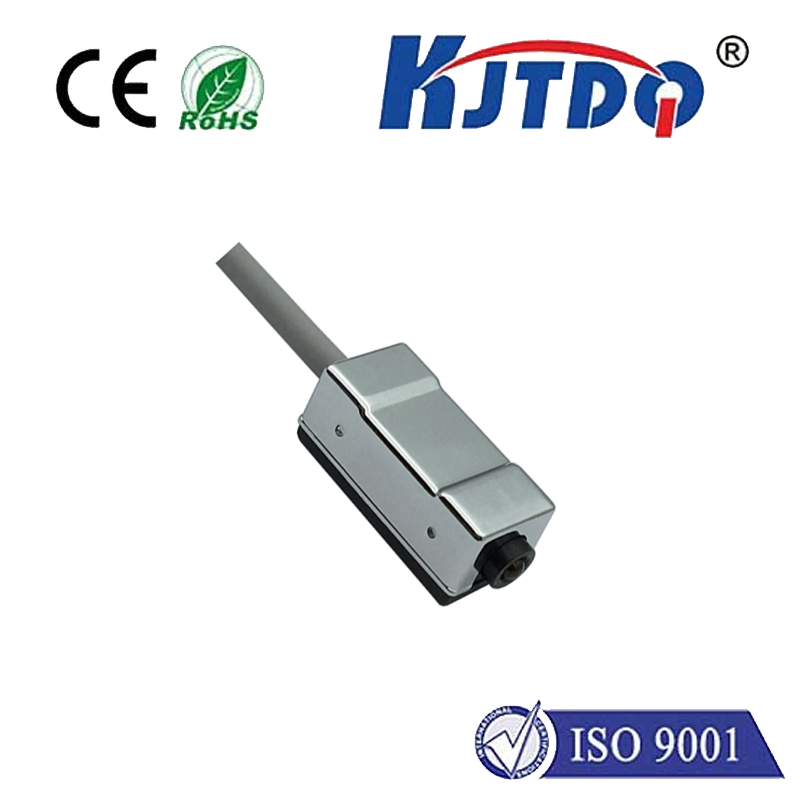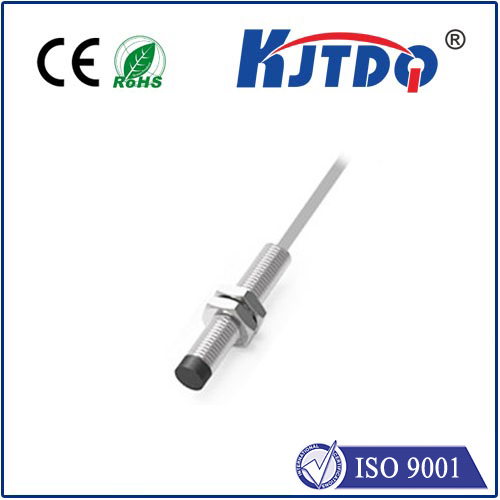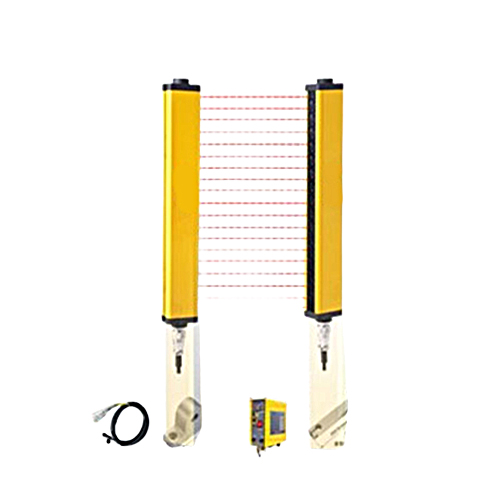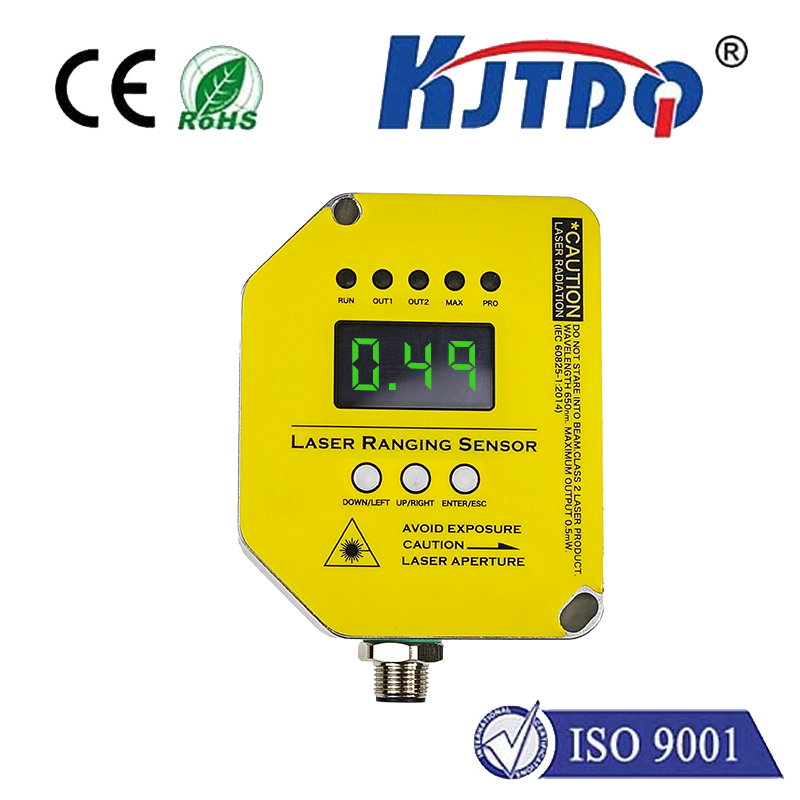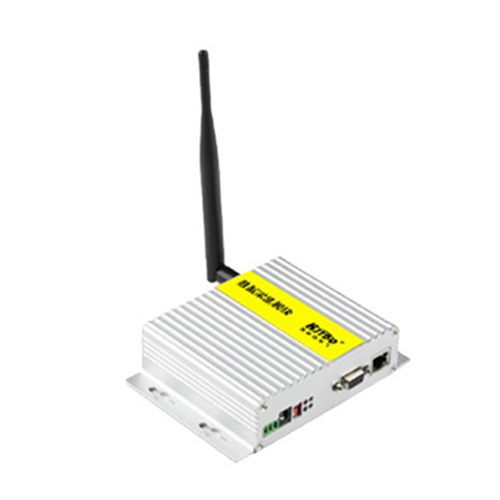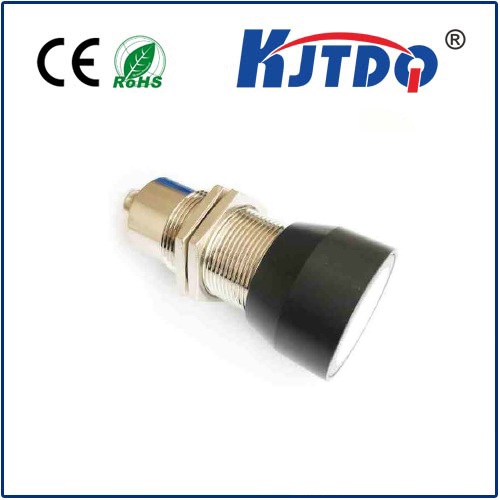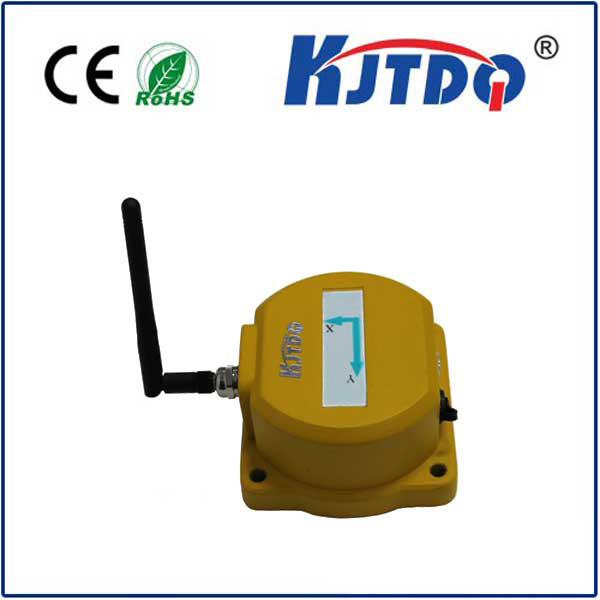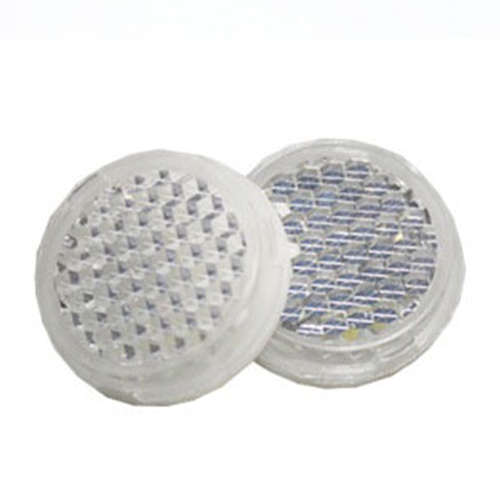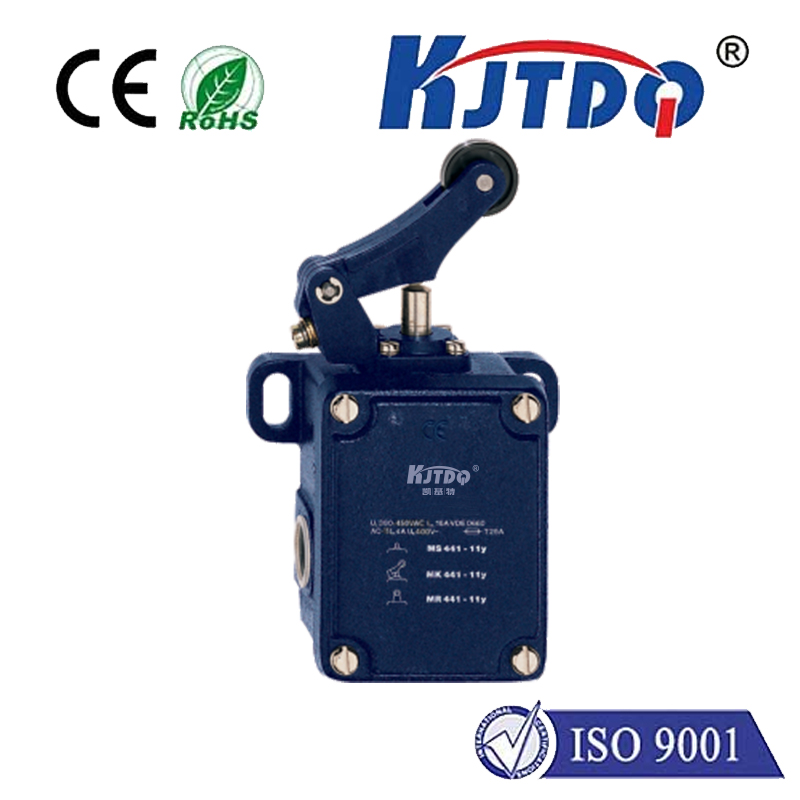cheap proximity sensor
- time:2025-07-06 00:48:17
- Click:0
Budget Detection: Demystifying Cheap Proximity Sensors
They’re in your smartphone, your car door handles, factory assembly lines, and even vending machines. Proximity sensors, devices that detect the presence or absence of nearby objects without physical contact, are the silent workhorses of modern technology. But what if your project or application demands this functionality on a tight budget? Enter the world of cheap proximity sensors. While the term “cheap” often raises eyebrows regarding quality, understanding what these affordable detectors offer—and their limitations—is crucial for making informed choices.
What Exactly is a Proximity Sensor?
At its core, a proximity sensor answers a simple question: Is something there? It achieves this by emitting a field or beam (like electromagnetic radiation, infrared light, or ultrasonic sound) and analyzing the return signal or changes in the field caused by an object within its detection range. This contactless detection is invaluable for automation, safety (like elevator doors), object counting, level sensing, and touchless interfaces.
Why Choose a Cheap Proximity Sensor?

The appeal of a low-cost proximity sensor is undeniable, driven by several compelling factors:
- Project Viability & Prototyping: For hobbyists, students, makers, and startups, budget constraints are real. Affordable sensors enable experimentation, proof-of-concept development, and small-scale projects that simply wouldn’t be possible with premium industrial-grade components. They lower the barrier to entry.
- High-Volume Applications: When deploying sensors in large quantities (e.g., simple interactive installations, educational kits, cost-sensitive consumer products), even a small per-unit saving multiplies significantly. A budget proximity detector can make massive deployments economically feasible.
- Simplicity Wins: Often, the task doesn’t require extreme precision, long range, or harsh environment tolerance. Sensing if a drawer is closed, triggering a display on approach in a kiosk, or detecting the presence of a non-metallic object in a controlled setting are tasks where a well-chosen affordable proximity sensor excels.
- Focus on Core Functionality: Sometimes, the proximity detection is just a small part of a larger system. Investing in an expensive sensor might be overkill if basic presence detection suffices, freeing up budget for other critical components.
Common Types of Affordable Proximity Sensors
Not all sensors are created equal, even within the budget category. Here are the most common types you’ll find offering good value:
- Infrared (IR) Reflection Sensors: Perhaps the quintessential cheap proximity sensor. These combine an IR LED emitter and a phototransistor receiver. They detect objects by bouncing IR light off them. Advantages include simplicity, low power consumption, and effectiveness at short ranges (typically centimeters). They are widely available and ideal for basic object detection, line following robots, and simple touchless interfaces. Be mindful of ambient light interference.
- Photocell (Light Dependent Resistor - LDR) Sensors: While primarily light sensors, LDRs can be ingeniously used for crude proximity detection, especially as low-cost proximity solutions. By creating a beam-break setup (where an object interrupts light falling on the LDR) or exploiting shadowing effects, they offer ultra-cheap detection. However, they lack precision, are slow to respond, and are highly susceptible to ambient light changes – best for very simple applications. Think basic burglar alarms or educational “beam break” counters.
- Capacitive Proximity Sensors (Basic): While advanced capacitive sensors can get pricey, basic versions designed for detecting non-metallic objects (like liquids, plastics, wood, or even the human body) are available affordably. They work by detecting changes in capacitance caused by an object near the sensor’s electrode. Key benefits include non-metallic detection and simple interfacing. They might lack the long range or robustness of industrial versions but suffice for many DIY or cost-sensitive tasks.
Key Features to Expect (and Watch Out For)
When opting for a cheap proximity sensor, managing expectations is vital:
- Limited Range: The detection distance is usually short, often just a few centimeters. Don’t expect tens of centimeters or meters from budget IR or photocell setups.
- Simpler Technology: These sensors typically employ the most fundamental detection methods (like reflection IR or basic capacitance) without sophisticated signal processing for noise filtering or high precision.
- Material & Environmental Sensitivity: Performance can vary significantly depending on the object’s material, color (for IR), surface texture, and ambient conditions (light, humidity, dust). Industrial sensors handle these variables far better.
- Consistency & Calibration: Unit-to-unit consistency might not be as tight as premium sensors. Manual calibration or adjustment (like potentiometers on many IR sensor modules) is often necessary for reliable operation in your specific setup.
- Build Quality & Durability: Expect simpler housings, potentially less rugged connectors, and components rated for more benign environments than heavy industrial use. They might not survive high temperatures, moisture, or strong vibrations long-term.
Making the Most of Your Budget Sensor
To maximize success with a low-cost proximity sensor, consider these tips:
- Understand Your Needs Precisely: Define the exact detection task, object type, required range, environmental conditions, and acceptable reliability level before choosing.
- Read Datasheets Carefully: Don’t rely solely on marketing claims. Scrutinize the specifications (range, supply voltage, output type, operating temperature) to ensure compatibility.
- Test and Calibrate: Always test the sensor under the actual conditions it will be used in. Adjust sensitivity (if adjustable) and fine-tune positioning for reliable detection. Calibration is often key to making these sensors work reliably.
- Consider Module Options: For beginners, pre-built modules (common for IR sensors) simplify wiring and often include basic signal conditioning. They represent excellent affordable proximity sensor starting points.
- Avoid Extreme Conditions: Deploy these sensors in relatively clean, dry, and temperature-stable environments to extend their lifespan and reliability.
- Manage Your Expectations: Accept that compromises exist. A budget proximity detector might require more tweaking and offer less precision than a costlier counterpart. Weigh this against the price savings for your specific application.
Cheap Doesn’t (Always) Mean Bad
While cost-effective proximity sensors certainly have limitations compared to their premium counterparts, dismissing them entirely is a mistake. They represent an essential tier in the sensor ecosystem, enabling countless projects and applications where high performance isn’t paramount, but affordability and basic functionality are critical. By understanding the technologies involved (like the ubiquitous IR reflection sensor), realistically assessing their capabilities and constraints, and implementing them thoughtfully within their design envelope, you can leverage cheap proximity sensors to unlock significant value and bring your detection needs to life without breaking the bank. The key is alignment: matching the right affordable proximity sensor to the right task. Thousands of successful projects prove they are not just viable, but often the perfect solution.






